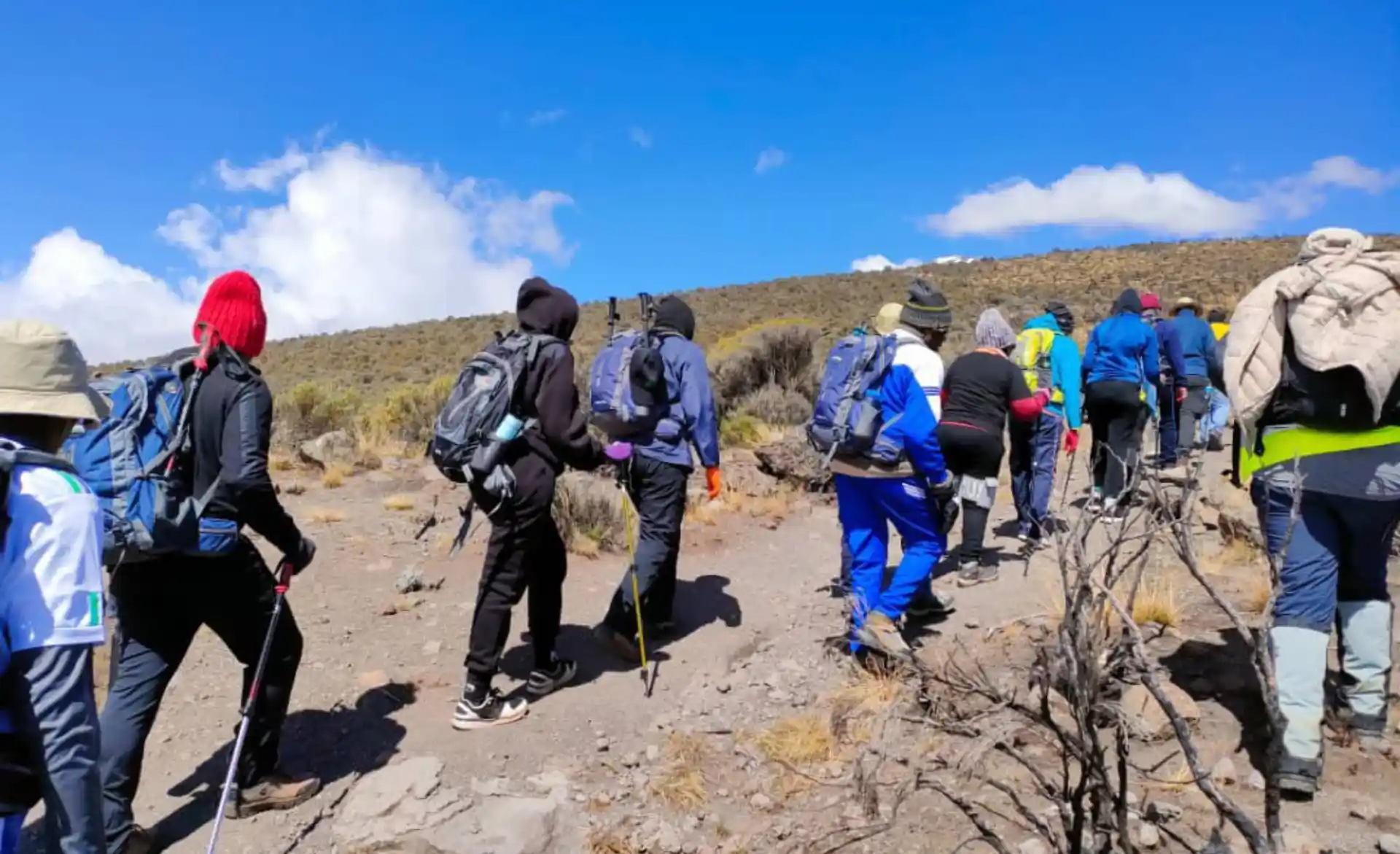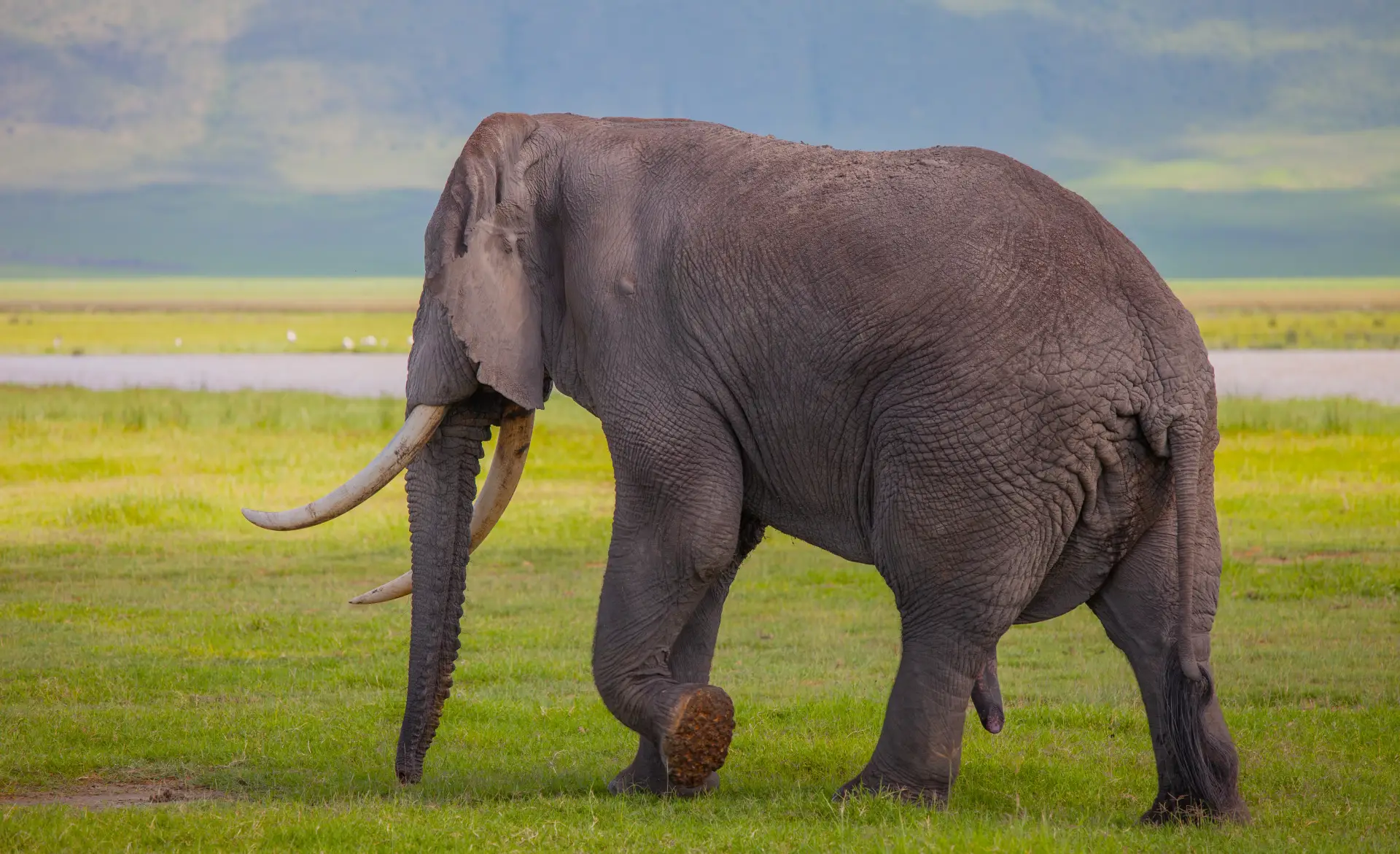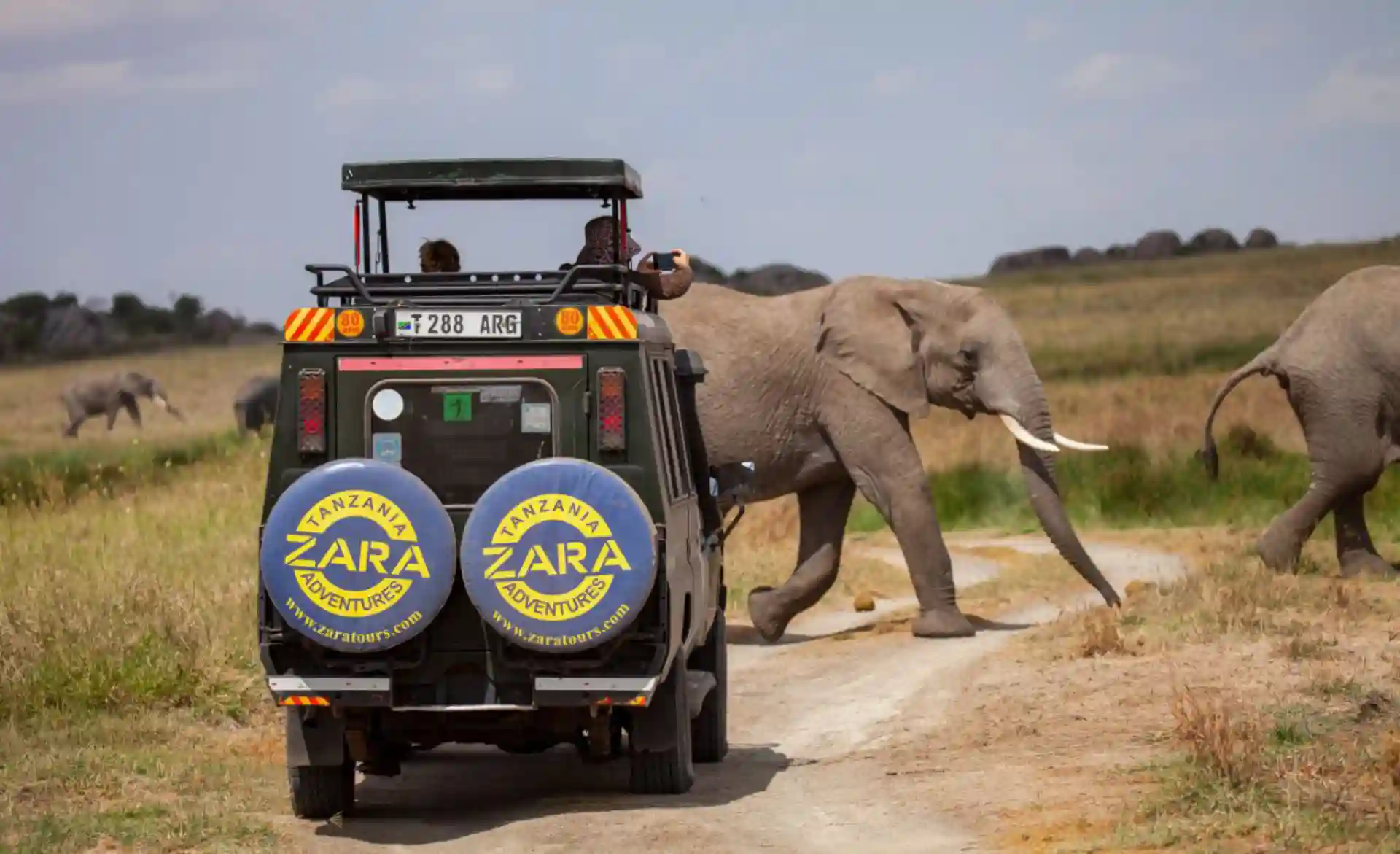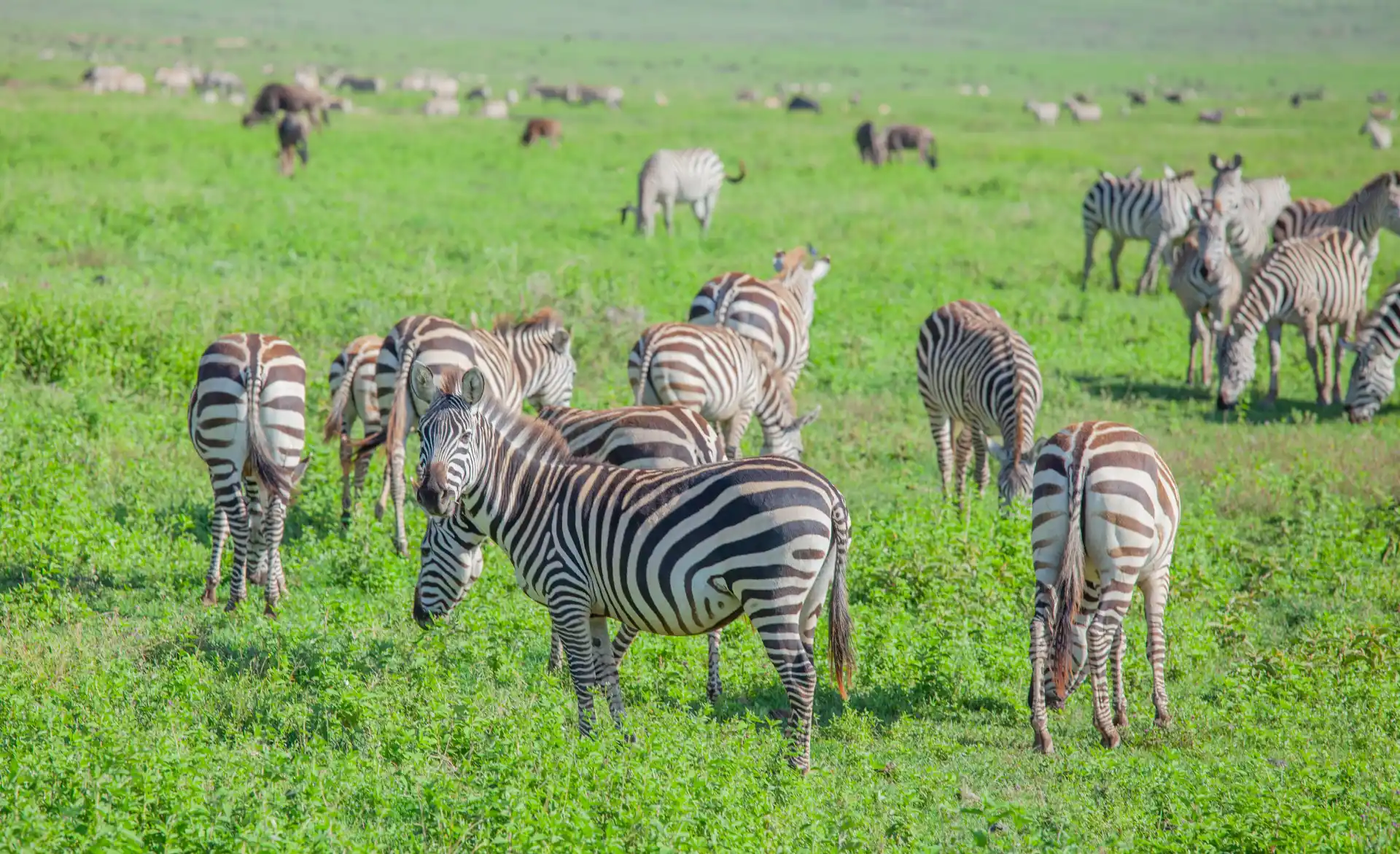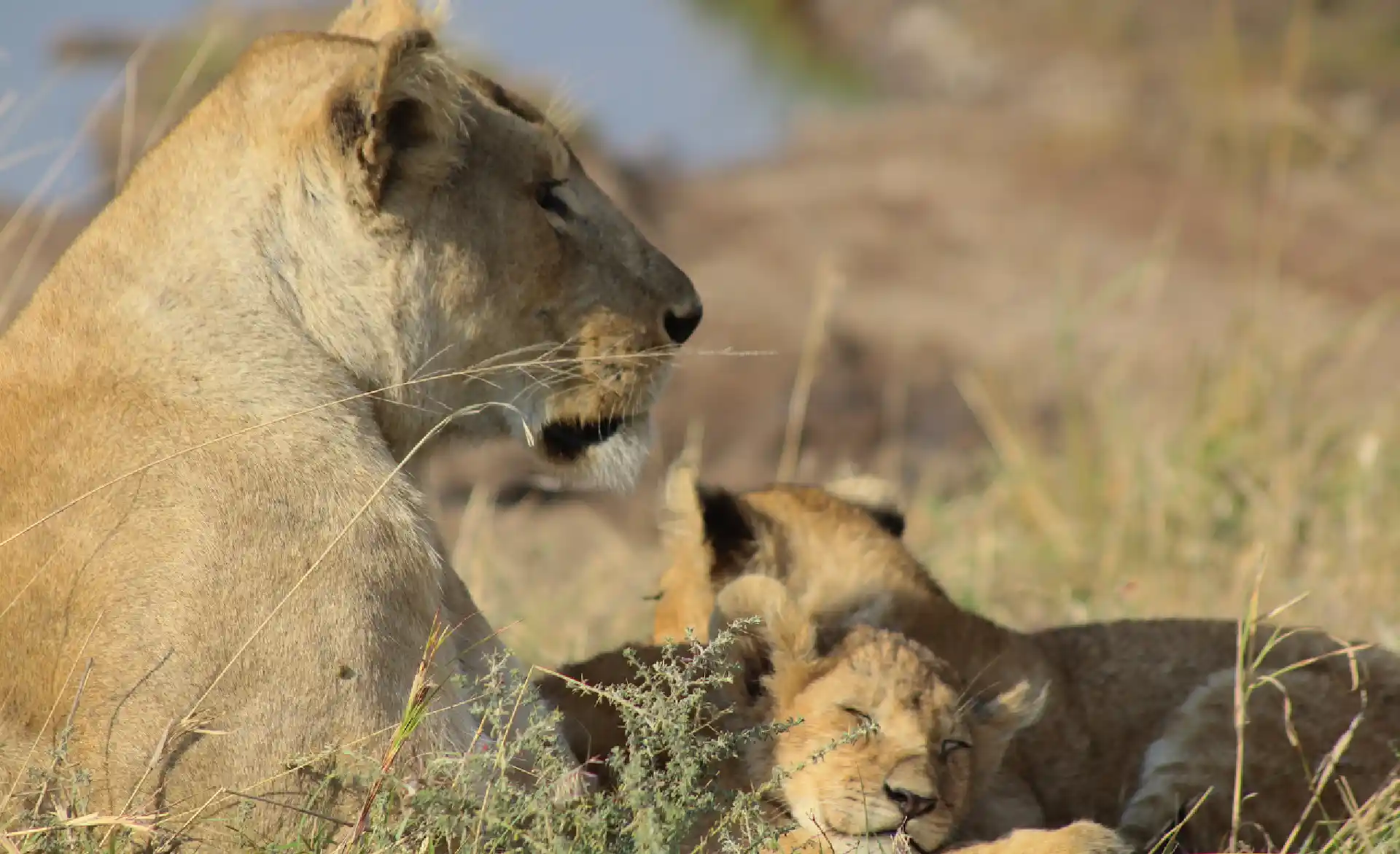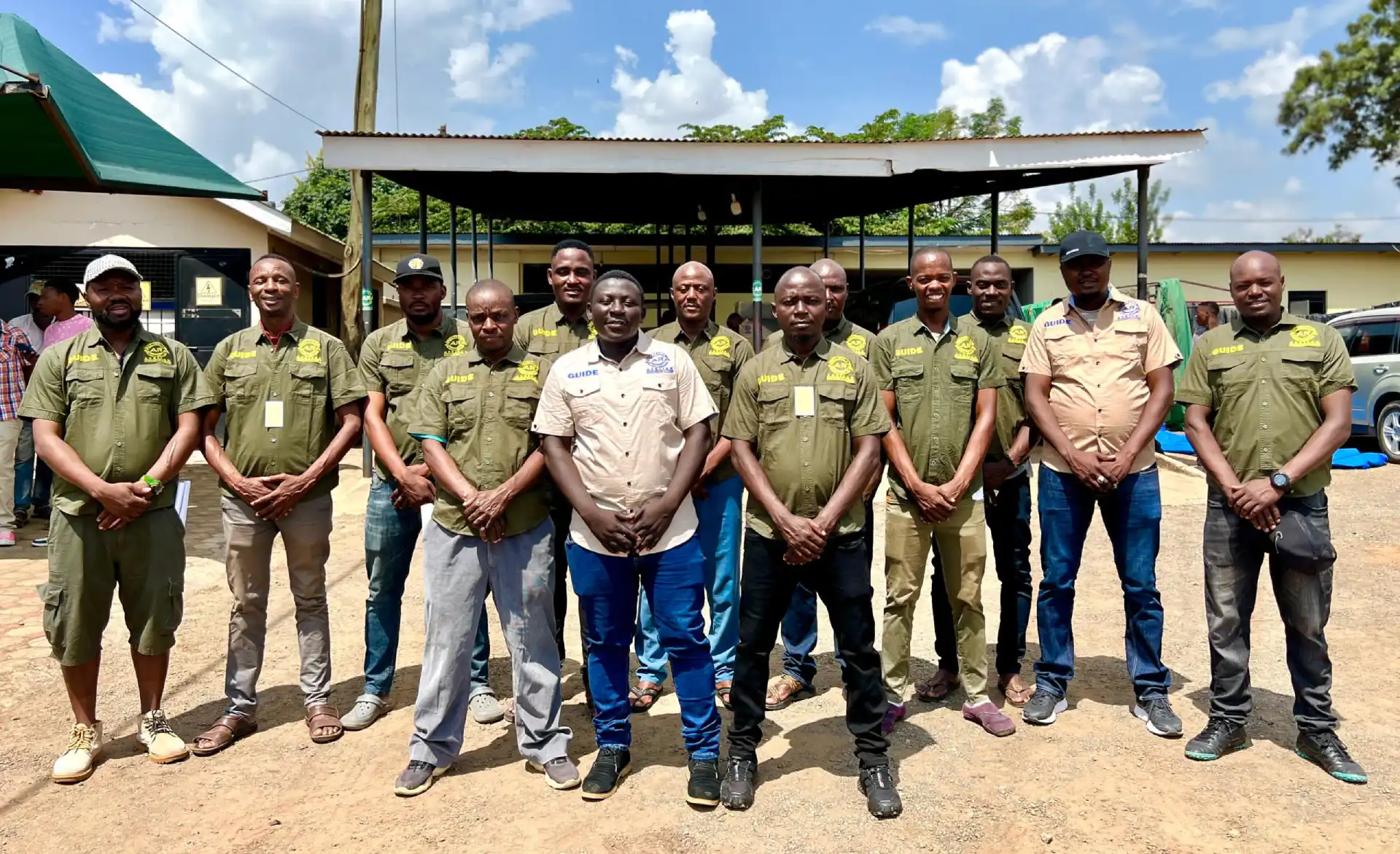This report presents the findings of the 2023 wildebeest herd population estimation in the Greater Serengeti Ecosystem (GSE). The main objective of this study was to determine the abundance of the wildebeest population using the Aerial Point Sampling (APS) method, which involves conducting aerial transects over the herds and collecting population data through aerial photographs. The survey was undertaken end of March (most of the wildebeest inhabit the short grass plains located in the southeastern part of the Serengeti and the Ngorongoro Conservation Area, before the migration transitions towards the woodland regions of the western Serengeti). The wildebeest count survey holds significant ecological importance, as they serve as a keystone species in the GSE. They are important in shaping the region’s biodiversity and maintaining the overall balance of the ecosystem. Consequently, understanding their population dynamics and estimating their numbers is important for devising effective conservation and management strategies.
The implementation of the APS method in combination with trained TAWIRI volunteer (counters) has been demonstrated as a labour-intensive, yet highly cost-effective approach for estimating wildebeest populations. During the 2023 wildebeest count, the complete set of survey images was precisely processed, resulting in an estimated population size of 1,366,109 ± 231,741 SE. The approach involved the efforts of 12 dedicated volunteer counters who meticulously counted each image three times, and the entire counting process spanned approximately 30 days. To obtain a reliable population estimate, raw counts underwent rigorous filtering and the removal of extreme values. Through this process, a meaningful and reliable estimate of the population was derived, contributing valuable insights for wildlife conservation and management. Despite the labour-intensive nature of the APS method and volunteer-based counting, the benefits are significant. The involvement of trained volunteers not only minimized the costs associated with professional expertise but also expedited the data collection process. By counting each image thrice, the volunteers ensured a high level of accuracy, reducing potential counting errors and enhancing the reliability of the final estimate.
The conclusions drawn from this survey underscore the potential of utilizing the APS method inconjunction with volunteer counting to achieve rapid and cost-effective population estimates for wildebeests. However, it is crucial to exercise caution, as there is a need for further improvement in accuracy to ensure reliable results. To address this, some recommendations have been proposed, including the exploration and refinement of automated computer-counting method (Machine learning). By validating the results and continuously improving the counting protocols, the reliability of future surveys can be enhanced significantly. Despite the current method’s limitations, this survey has provided invaluable insights into the population dynamics within the ecosystem. Moreover, it highlights the dedication and commitment of volunteers towards ecological conservation. The findings from this survey contribute significantly to ongoing efforts aimed at conserving and managing the wildebeest population, ensuring the long-term ecological integrity and sustainability of the Serengeti ecosystem. By incorporating the recommendations and building upon the successes of this study, wildlife management strategies can be strengthened and informed by more reliable population estimates.







